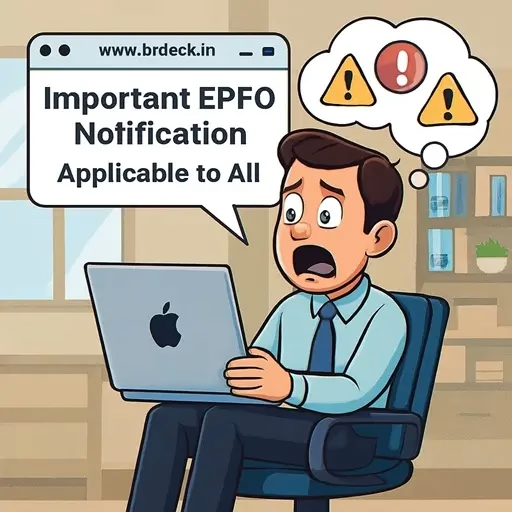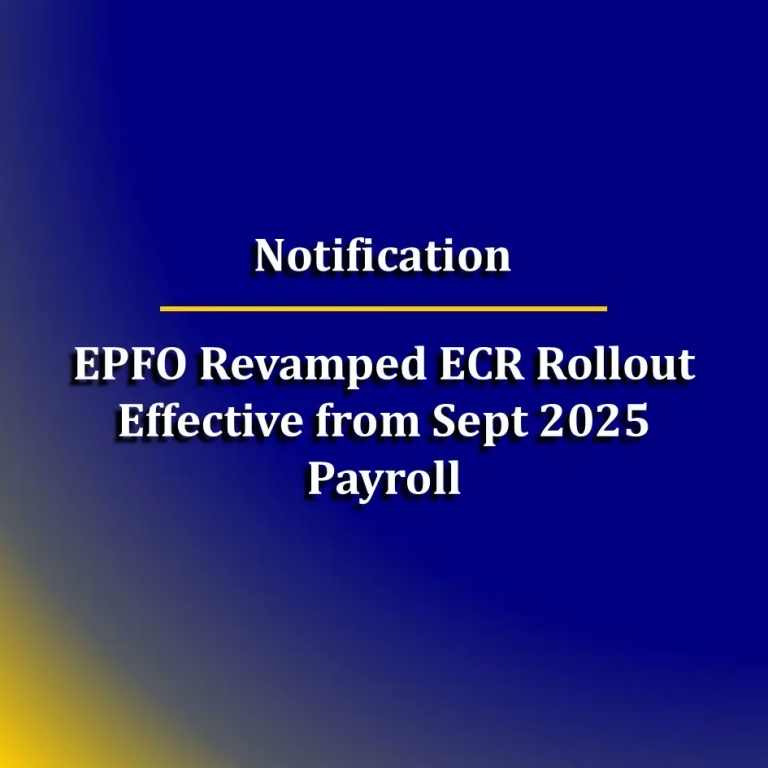Expense management refers to the systematic approach of monitoring, tracking, and controlling a company’s spending. While it is often associated with approving expenses and reimbursing employees, an effective expense management strategy encompasses much more—it involves enforcing policies, conducting audits, and utilizing technology to streamline workflows and improve financial oversight. In today’s competitive business environment, managing expenses efficiently is crucial for maintaining a company’s financial health and meeting its operational objectives.
This guide explores the core types of expenses, various methods for managing them, the benefits of automating expense management, and best practices to implement an effective and smooth expense management process.
For any assistance in
HRMS, Payroll & Compliance Outsourcing, Tax Management or S&E Registration, do contact us.
We provide PAN India service.
Click here to get the Lowest QuotesWhat is Expense Management Software?
In the fast-paced business world, companies need expense management software to maintain tight control over their spending and improve their budgeting processes. Managing expenses efficiently goes beyond simply processing employee reimbursements; it includes defining clear guidelines, controlling expenditures, detecting fraud, and enhancing cash flow visibility. By adopting a well-structured expense management approach, businesses can improve employee satisfaction, boost compliance, and drive long-term growth.
Categories of Business Expenses
A key aspect of effective expense management is categorizing expenses to establish clear guidelines for employees. Here are four main categories of business expenses:
- Variable Expenses: These expenses fluctuate based on usage or activity, such as utility bills, office supplies, or travel-related costs. These types of expenses can vary significantly, making them difficult to predict and manage effectively.
- Fixed Expenses: These are regular, predictable costs like rent, insurance premiums, and salaries. Fixed expenses offer stability, but they still require monitoring to prevent unnecessary spending.
- Periodic Expenses: These are one-time or irregular costs that occur periodically, such as equipment maintenance, subscription renewals, or special marketing campaigns. Properly forecasting and budgeting for these expenses is essential to avoid financial shortfalls.
- Discretionary Expenses: These are optional costs, including employee perks, team outings, or office entertainment. While typically non-essential, discretionary expenses can play a role in enhancing employee morale and fostering company culture.
By understanding and categorizing these expenses, companies can create policies that employees can follow easily, simplifying the approval and reimbursement processes.
Approaches to Expense Management
Expense management methods vary depending on the company’s size, financial situation, and strategic goals. Here are three primary approaches:
- Manual Paper Systems: This traditional method involves using paper forms to track and approve expenses. While it’s low-cost, it can be time-consuming and prone to errors. This approach is generally suitable for small businesses with limited transactions.
- Spreadsheets: A more flexible and cost-effective option, spreadsheets are commonly used by medium-sized companies. However, they still require manual data entry and can be inefficient as a business scales.
- Expense Management Software: Digital solutions automate the expense management process, from capturing expenses to generating real-time reports. Expense management software is particularly beneficial for larger companies, offering improved efficiency, accuracy, and compliance while enabling better financial planning.
The Importance of Effective Expense Management
An efficient expense management system offers several advantages:
- For Employees: Automated systems provide faster approval and reimbursement processes, leading to higher employee satisfaction.
- For Finance Teams: Automation reduces the need for manual tasks, freeing up time for strategic activities like financial forecasting and analysis.
- For CFOs: Real-time data and insights allow CFOs to make more informed decisions, improve cash flow, and ensure compliance with company policies.
Traditional vs. Automated Expense Management
A typical manual expense management process includes the following steps:
- Submission: Employees submit their expense reports with receipts.
- Approval: Managers review and approve or reject the claims.
- Auditing: The finance team audits the expenses for compliance with policies and potential fraud.
- Reimbursement: Approved expenses are reimbursed to employees, and the finance team stores records for future auditing.
Challenges with manual processes include higher error rates, delays in reimbursement, and a lack of visibility into real-time data.
With Automated Expense Management Software, the process becomes more streamlined:
- Expense Capture: Employees can snap photos of receipts, and the software extracts the data automatically.
- Policy Compliance: The system checks expenses against pre-set rules and flags non-compliant claims.
- Approval Workflow: Expenses are automatically routed to the appropriate approvers, speeding up the process.
- Real-Time Insights: Finance and management teams can access instant data to make informed decisions and manage budgets effectively.
Automated systems save time, reduce errors, and create a seamless experience for employees and finance teams.
Benefits of Automated Expense Management Software
The advantages of switching from traditional to automated systems include:
- Accuracy: Automated systems capture data more accurately, reducing the likelihood of errors.
- Fraud Prevention: Automated compliance checks help detect duplicate or non-compliant claims quickly.
- Speed: Automation processes requests almost instantly, reducing approval time.
- Real-Time Data: Automation offers immediate insights into spending patterns, which manual processes cannot provide.
Overcoming Common Expense Management Challenges
Some of the most common challenges in expense management include:
- Unclear Policies: Without clear guidelines, employees may submit inappropriate claims, leading to confusion and dissatisfaction.
- Lack of Visibility: Insufficient insights into spending can hinder budgeting and financial forecasting.
- Inefficiency: Manual processes are slow, leading to delayed approvals and reimbursements.
- Slow Reimbursements: Delays in reimbursing employees can impact their morale, especially if they’ve paid out-of-pocket for business expenses.
Best Practices for Effective Expense Management
To optimize expense management, businesses should consider the following best practices:
- Set Clear Policies: Define reimbursable expenses and clarify documentation requirements to prevent misunderstandings.
- Leverage Automation: Use expense management software to automate expense submission, policy checks, and approval processes.
- Conduct Regular Audits: Use automated audits to identify discrepancies and potential fraud.
- Issue Corporate Credit Cards: Simplify expense tracking and reconciliation by issuing corporate cards for business-related expenses.
Key Features to Look for in Expense Management Software
When selecting expense management software, ensure it includes the following features:
- Mobile Accessibility: Employees should be able to submit expenses through mobile apps or email.
- Customizable Workflows: The software should support workflows tailored to the company’s approval processes.
- Policy Enforcement: Automation should ensure expenses comply with company guidelines.
- Corporate Credit Card Integration: It should reconcile corporate card expenses easily.
- Data Analytics: In-depth reporting provides valuable insights for financial decision-making.
- Integration with Existing Systems: Seamless integration with ERP, HR, and payroll systems is essential for efficient data sharing.
Implementing Expense Management Software
To ensure a smooth transition to automated expense management, businesses should follow these best practices:
- Employee Training: Provide training sessions to ensure employees know how to use the software effectively.
- Customization: Adjust the software to reflect your company’s policies and workflows.
- Conduct Regular Audits: Schedule automated audits to maintain financial integrity.
- Continuous Improvement: Monitor usage, collect feedback, and refine the system to improve efficiency.
Conclusion
Efficient expense management is essential for any organization, supporting better budget control, enhancing compliance, and optimizing cash flow. By automating expense management processes with the right software, businesses can reduce errors, prevent fraud, and improve overall efficiency. A streamlined, policy-compliant approach not only ensures financial transparency but also contributes to employee satisfaction and organizational success.
For any assistance in
HRMS, Payroll & Compliance Outsourcing, Tax Management or S&E Registration, do contact us.
We provide PAN India service.
Click here to get the Lowest Quotes




